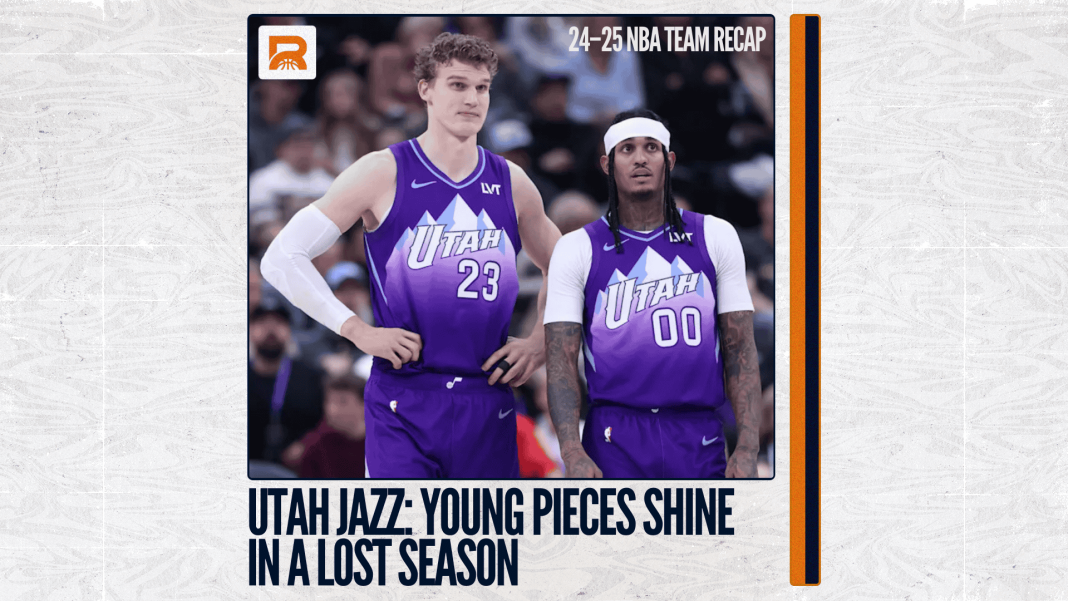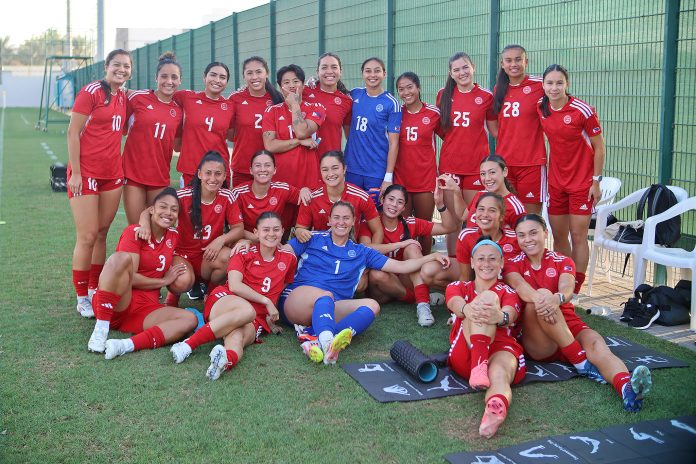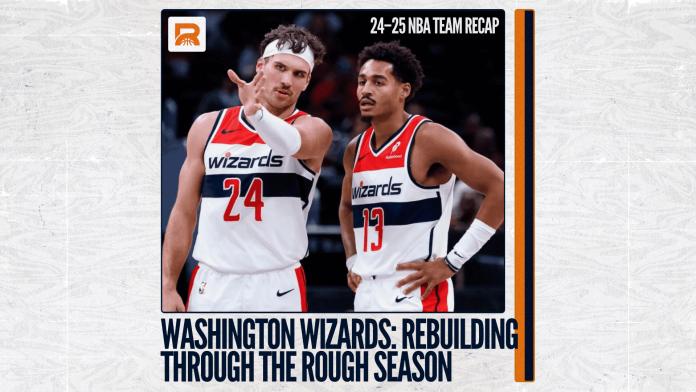The 2024–25 Utah Jazz Season has been a lot of Downs than Ups all throughout the year, but there are some bright spots in several aspects. Below is a breakdown of the Good and Bad of the Jazz’s performance this season.
The Good:
Emergence of Young Talent:
Kyle Filipowski’s Potential: The 32nd overall pick in the 2024 NBA Draft had a standout performance, notably scoring 30 points and grabbing 18 rebounds, including a game-tying dunk that forced overtime in a 133–126 win over the Portland Trail Blazers, snapping a nine-game losing streak. This specific game highlighted his potential as a key piece for Utah’s future.
Development of Draft Picks: The Jazz’s 2024 draft class, including Cody Williams (10th overall), Isaiah Collier (29th overall), and Filipowski, showed flashes of promise. Collier led the team in assists (6.2 APG), while Williams and Filipowski displayed potential despite needing further development. These young players align with GM Justin Zanik’s vision of a “Young, Developmental Squad.”
Walker Kessler’s Defensive Impact: Despite being moved to the bench, Kessler led the team in rebounds (12.3 RPG) and blocks (2.4 BPG), reinforcing his value as a rim protector and potential cornerstone. His presence improved Utah’s defense by 3.8 points per 100 possessions
Draft Lottery Positioning:
Finishing with the NBA’s worst record (17–65, .207 winning percentage) positioned the Jazz for the highest odds at the No. 1 pick in the 2025 NBA Draft. This outcome aligns with their tanking strategy to get a decent chance to land a franchise-altering talent like Cooper Flagg.
Focus on Player Development:
Coach Will Hardy prioritized playing time for players under 25, led by Keyonte George. This approach, while sacrificing wins, aligns with the Jazz’s rebuilding strategy and could yield long-term dividends. The team was able to rotate 20 players this season, reflecting a commitment to evaluating young talent.
The Bad:
Historic Losing Season:
The Jazz recorded a franchise-worst 17–65 record, finishing last in the Western Conference (15th) and the Northwest Division (5th). They became the last NBA team to win a game by the end of October and suffered 60 losses by March, ending their record as one of the few teams to lose 60+ games in a season. This marked their third consecutive year missing the playoffs.
Missed Trade Opportunities:
The Jazz retained veterans like Clarkson, Collins, and Sexton, who could have been traded for additional draft assets or cap space. These players might not be part of the roster when the team eventually contends, and their presence limits the opportunity for younger players.
Strategic Ambiguity:
The Jazz’s attempt to balance two timelines, first is having veterans like Markkanen (27) while also harboring Young Prospects like Keyonte George, which resulted in a lack of clear direction. This approach could lead to an endless pursuit of mediocrity as the team neither fully tanked nor competed for the playoffs in prior seasons. Hardy’s coaching, while effective, led to more wins than optimal for lottery odds in past years until they fully embraced the tank this season.
Developmental Challenges for Young Players:
While young players showed promise, their development was inconsistent. Cody Williams was criticized for lacking strength, and Isaiah Collier struggled with turnovers, limiting their immediate impact. The Jazz’s reliance on veterans like Collin Sexton, Jordan Clarkson, and John Collins (none considered franchise cornerstones) may have stunted prospects’ growth, as seen with Walker Kessler’s reduced role. Utah’s defense was 4.8 points worse per 100 possessions with Collins on the court. And on top of all that, they lost their prime defender to a gruesome injury (broken leg) to start the year – Taylor Hendricks.








